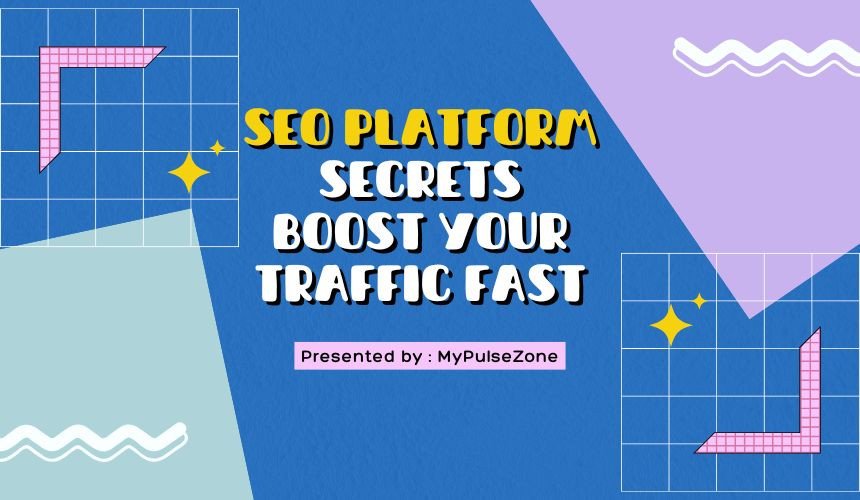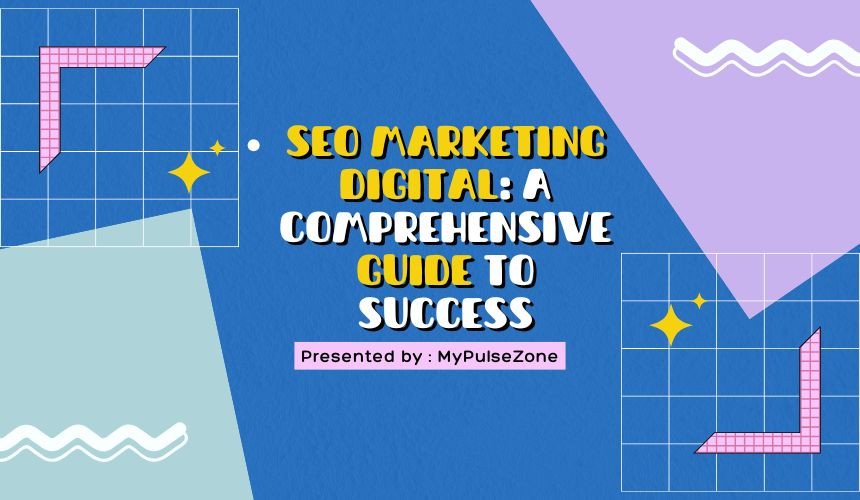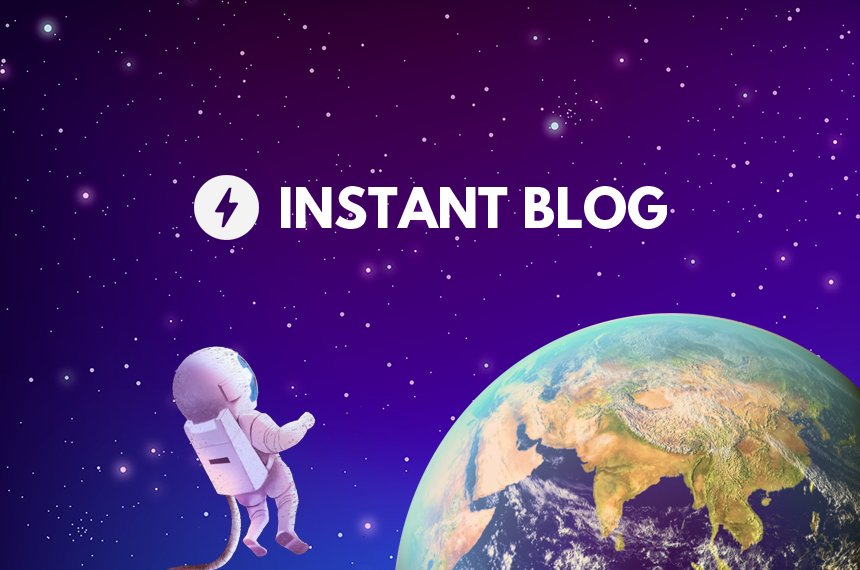
What Is an SEO Landing Page and Why Is It Important?
Search Engine Optimization (SEO) is the cornerstone of digital visibility, and an SEO landing page is a pivotal element in any successful strategy. In this article, we’ll explore what SEO landing pages are, their significance in driving organic traffic, and how to craft them for maximum effectiveness.
What Is an SEO Landing Page?
An SEO landing page is a web page specifically optimized to rank high in search engine results for targeted keywords. Unlike generic landing pages designed for paid ad campaigns, these pages are tailored to attract and convert organic traffic.
Key Features of an SEO Landing Page:
- Keyword Optimization: Incorporates relevant primary and long-tail keywords.
- User Intent Alignment: Addresses the needs and questions of the target audience.
- Engaging Design: Features visually appealing layouts that enhance user experience.
- Clear Calls-to-Action (CTAs): Encourages users to take specific actions (e.g., sign up, download, purchase).
Why Does It Matter?
- Improves Visibility: Well-optimized landing pages make it easier for search engines to index and rank your site.
- Drives Qualified Traffic: Attracts users actively searching for your offerings.
- Enhances Conversions: By aligning with user intent, these pages boost engagement and drive actions.
Key Elements of a High-Performing SEO Landing Page
Creating an SEO landing page requires balancing search engine requirements and user expectations. Below are the essential components:
1. Strategic Keyword Integration
Use primary keywords (e.g., "SEO services") and long-tail variations (e.g., "affordable SEO services for small businesses") throughout the page:
- Title Tag: Compelling and keyword-rich.
- Meta Description: Summarizes the page with actionable phrasing.
- Headings: Organize content with keyword-focused H1, H2, and H3 tags.
- Content Body: Naturally incorporate keywords without overstuffing.
2. High-Quality, Relevant Content
Craft detailed and engaging content that answers user questions:
- Use FAQ sections to target specific queries.
- Provide actionable insights and practical tips.
3. Optimized Page Speed
Fast-loading pages are a must. Use tools like Google PageSpeed Insights to:
- Compress images.
- Minify CSS and JavaScript files.
- Leverage browser caching.
4. Mobile-Friendly Design
A responsive layout ensures seamless browsing on any device. With mobile traffic dominating, this aspect is non-negotiable.
5. Strong Internal and External Links
- Internal Links: Help users navigate your site while boosting SEO.
- External Links: Add credibility by linking to authoritative resources.
6. Compelling Visuals
Use multimedia elements (images, videos, infographics) to:
- Break up text.
- Enhance comprehension.
- Engage visitors visually.
7. Clear Calls-to-Action
Guide users towards specific goals:
- "Download our SEO guide."
- "Get a free consultation now."
Common Challenges in Creating SEO Landing Pages
1. Balancing SEO and User Experience
Overloading a page with keywords can alienate readers. The solution? Write naturally and prioritize readability.
2. Staying Up-to-Date with Algorithms
Search engines constantly evolve. Regularly update your content to reflect algorithm changes and emerging trends.
3. Measuring Success
Without proper tracking, it’s hard to gauge performance. Implement analytics tools like Google Analytics to monitor metrics such as:
- Bounce rate.
- Conversion rate.
- Average session duration.
Examples of Successful SEO Landing Pages
Case Study 1: A Local Bakery
A small bakery optimized a landing page for "best vegan cakes near me," resulting in a 150% increase in organic traffic within three months. Key strategies included:
- Adding local SEO elements (e.g., location-based keywords).
- Highlighting customer testimonials.
- Optimizing for mobile devices.
Case Study 2: An Online Marketing Agency
A marketing firm created a resource-heavy page targeting "SEO tips for small businesses," earning a top spot on Google. Their approach:
- Publishing in-depth content with infographics and videos.
- Using internal links to direct users to service pages.
- Adding downloadable resources to capture leads.
Conclusion: Take Action Today
An SEO landing page is more than just a tool for ranking higher; it’s a pathway to connecting with your audience and achieving your business goals. By combining strategic keyword use, user-centric design, and actionable content, you can create landing pages that not only attract but also convert visitors.
Ready to Build Your SEO Landing Page?
Start by identifying your audience’s needs and crafting content tailored to their search intent. Don’t forget to monitor your page’s performance and continuously refine it for better results. With a well-executed SEO landing page, you’ll be well on your way to climbing the search engine ranks and boosting your business.
FAQs About SEO Landing Pages
- How is an SEO landing page different from a regular landing page? An SEO landing page is optimized for organic traffic, whereas regular landing pages often focus on paid campaigns.
- How long does it take for an SEO landing page to rank? It varies based on factors like competition and content quality. Typically, results appear within a few weeks to months.
- Can I optimize multiple keywords on one landing page? Yes, but ensure they are related and do not dilute the page’s focus.

Python create ID for company employies
Python code to create ID for company employies



